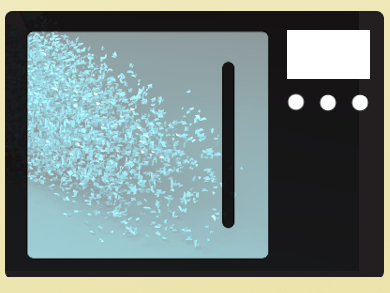The high surface-to-volume ratio and the high catalytic activity make metal nanoparticles (MNPs) cost-effective active materials in heterogeneous catalysis. The structure-dependent catalytic behavior of MNPs is well-understood and demands methods that produce application-tailored MNP morphologies and surface structures.
Simon Humphrey, University of Texas, Austin, Richard Brutchey, Noah Malmstadt, University of Southern California, Los Angeles, all USA, and colleagues have developed a set of flow methods that allow the continuous production of MNPs with well-defined and adjustable morphologies. In a single-phase mode, a mixture of RhCl3·x H2O, polyvinylpyrrolidone (PVP), and ethylene glycol (EG) was pumped through millimeter-sized tubing placed in a microwave-heated EG bath. The resulting rhodium MNPs showed a well-defined cuboctahedral morphology with a mean diameter of 3.62 ± 0.71 nm.
A two-phase mode – i.e., synthesis in microfluidic droplets – was then realized by using a droplet-forming device with an inert fluorocarbon as carrier phase. This method yielded MNPs with a multipod shape (particles with multiple “appendages” protruding from the center). These particles showed superior catalytic activity over the cuboctahedral MNPs in the hydrogenation of cyclohexane. The team emphasizes the potential of their method for the large-scale synthesis of various MNPs and the possibility to obtain otherwise difficult to access highly reactive morphologies like the multipods.
- Continuous Flow Synthesis of Rh and RhAg Alloy Nanoparticle Catalysts Enables Scalable Production and Improved Morphological Control,
Pranaw Kunal, Emily J. Roberts, Carson T. Riche, Karalee Jarvis, Noah Malmstadt, Richard L. Brutchey, Simon M. Humphrey,
Chem. Mater. 2017.
DOI: 10.1021/acs.chemmater.7b00694


